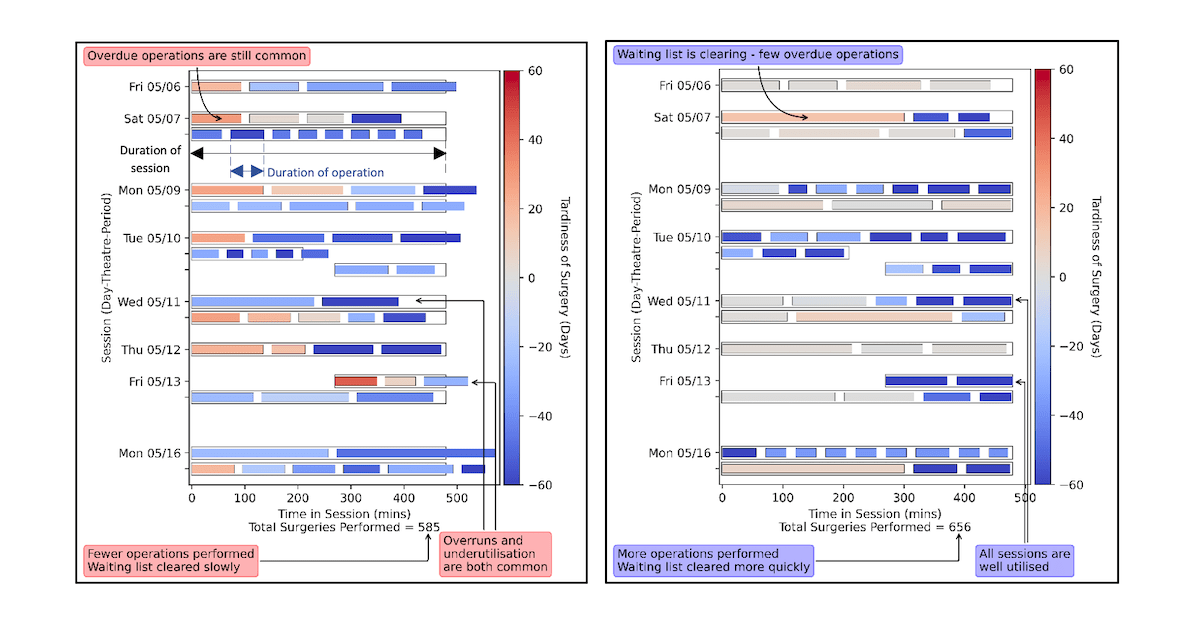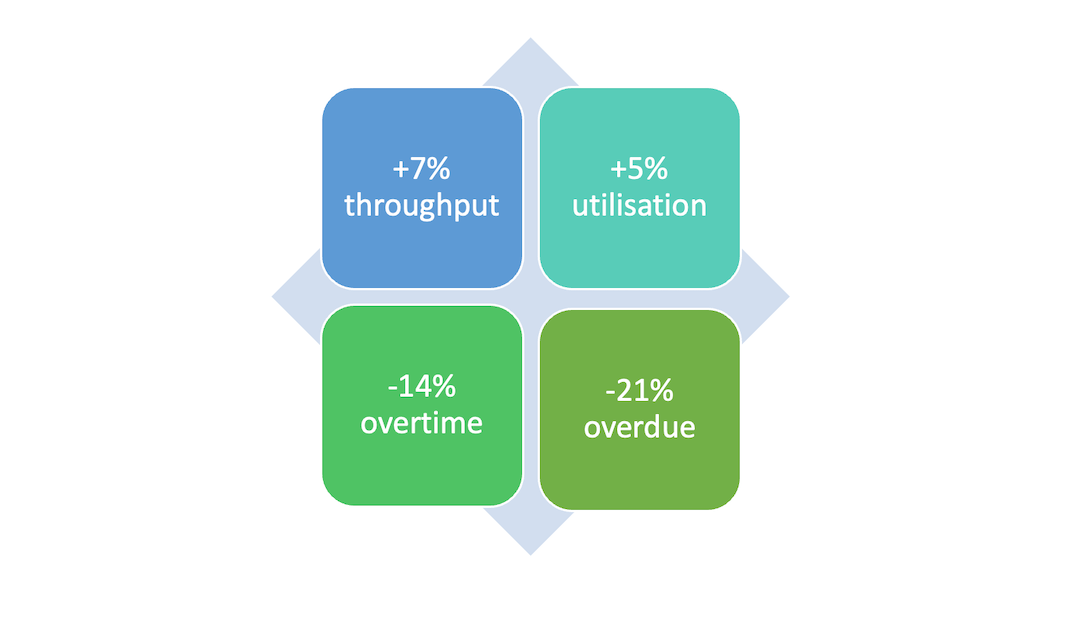1 April 2022
Dr Thomas Adams is working to improve surgical scheduling using algorithms and individualised surgical duration predictions.
Increased throughput, increased utilisation, decreased overtime, fewer overdue operations, and less staff time required for planning: all of these can be achieved with improved surgery scheduling. By using accurate predictions of operation durations, giving priority to patients that are urgent or have been waiting a long time, and balancing the trade-off between increasing utilisation and surgical sessions running overtime, computer algorithms can be used to inform surgical schedules that are efficient and fair.
I have been awarded a postdoctoral fellowship from Precision Driven Health and the Health Research Council to develop improved surgical scheduling algorithms using individualised surgical duration predictions. I am currently working on this project alongside Te Pūnaha Matatini Principal Investigators Associate Professor Cameron Walker and Dr Michael O’Sullivan.
We have combined a novel algorithm for predicting how long operations take with an advanced scheduling algorithm. The novel prediction algorithm uses the Systemized Nomenclature of Medicine (SNOMED) medical terminology database to find links between types of procedures, which enables us to make better predictions for less frequent procedures, as similarities can be found to more common procedures.
These improved predictions are fed into our scheduling algorithm alongside the operations that need to be performed and the sessions that they can be performed in. The scheduling algorithm finds the best way of allocating the operations to the sessions so that as many operations are performed as possible, while making sure that no patients have to wait too long for their operation and no sessions are scheduled that are too likely to run overtime.
Initial testing of our algorithm-supported approach shows improvement in all key metrics: a 7% increase in throughput, a 5% increase in utilisation, a 14% reduction in overtime and a 21% reduction in operations being overdue.
The two pictures below show an actual schedule on the left, and a schedule created with our algorithm on the right. Both schedules started at the same point at the beginning of the year, and the pictures show the results after five months. The optimised schedule has fitted in more operations, allowing more of the waiting list to be cleared, and resulting in fewer overdue operations remaining. The surgical sessions are also better utilised with no overruns or underutilised sessions.

The next step in our research is to better understand how operating rooms are managed and surgeries are currently scheduled in Aotearoa New Zealand, so that we can refine our algorithms to be as relevant and easy to use as possible. In particular we are interested in how operating room time is allocated to specialties or surgeons, how far in advance operations are scheduled, who decides which operations are performed on each day, and how emergency operations are accommodated.
We are also working alongside scOPe solutions to organise a pilot of the scheduling software, and have collaborated with Orion Health to make a simplified version of the scheduling algorithm available online via the New Zealand Algorithm Hub.

